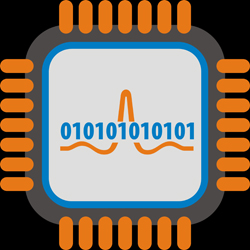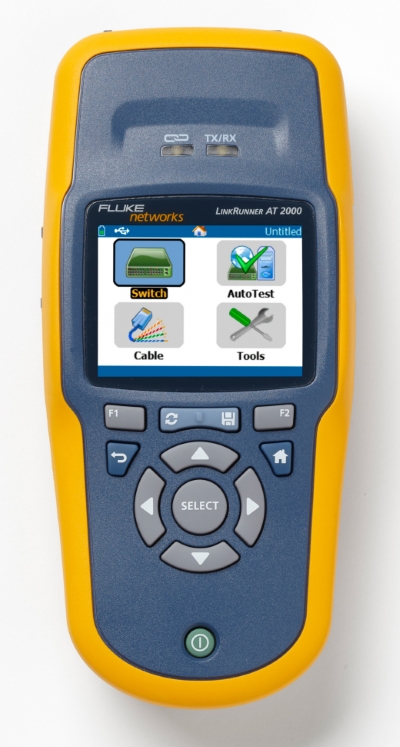
Which AoE “Flavor?”
There are competing AoE formats. As of this writing, Audinate Dante enjoys the most widespread use.
This can (and probably will) change with time, and competing formats such as Audio Video Bridging (AVB) (now referred to as Time Sensitive Networking (TSN)), will emerge as alternatives.
AES67 is an initiative to produce inter-operability between the various AoE formats, so it may eventually be possible intermix AoE formats.
It’s important to point out that AoE is just a transport. The quality of the digital audio is determined by the sample rate and bit depth. As such, all AoE formats should sound the same.
Pros:
—24/48 digital audio.
—Hundreds of channels on a single Cat-x cable.
—Ubiquitous cabling and connectors.
—Low-cost hardware infrastructure.
Cons:
—Data networks can get complicated.
—Problems can be difficult to troubleshoot.
—Converged networks require cooperation with the IT department.
—No intuitive relationship to analog audio.
—QoS issues.
—Multiple AoE protocols exist, and no manufacturer supports all of them.
IT is a different skill set, and requires specialized training.
Spectral Content & Need For “Exactness”
One way to frame the differences between the formats is in regard to the requirement for “exactness” of the interface variables. This, in turn, is based on where the signal spectrum falls in the overall electromagnetic spectrum. As with most things audio, it is a gradient, with no clear “right” or “wrong” answer.
Since audio by definition is low in frequency, analog audio interfaces are fairly permissive with regard to the interface details. One can sort of “get away with murder” and still get audio. Many wire and connector types will “work” but it is good practice to use twisted-pair cabling, ideally with a shield. Cable testing is basically a simple continuity test. The signal pair can be “bridged” with a butt set to detect the signal.
Digital I/O moves further up the spectrum. The interface details become more black and white. For example, analog audio simply requires a low impedance output be connected to a high impedance input. All digital I/O formats require an impedance match, but AESx is more permissive than AoE. This explains why we don’t need “special” XLR connectors for AESx signals. It’s also why Euroblock and DB25 connectors can work. Even analog cabling can work at short distances.
Cable testing is often performed by the audio gear itself, and whether the AESx input can “lock” to the AESx output. Special testers are available that allow the lock signal to be detected, and the audio decoded and listened to (Figure 7).
Higher up the spectrum (AoE on a gigabit network) the interface details are so stringent that they can’t be left to chance. The interface, cables, and connectors have an exact specification and no decisions are left to the end user. While continuity testers can work at the most basic level, the testing can (and should) be much more sophisticated (Figure 8).
Along with cable testing there is a need to verify the system bandwidth, component addressing, Power-over-Ethernet (PoE) requirements, and more. Instrumentation for troubleshooting can be PC-based or stand-alone.
The Inevitable Metaphor
If you read my stuff then you knew this was coming. Here’s a way to describe the various interface methods to the lay person.
Analog is like driving a jeep on a one-way dirt road. In spite of the bumps, the vehicle can weave all over the place and still get to its destination intact. AESx is like a Formula One car on an oval track. The higher speed requires a smoother surface and some boundaries. AoE is like a bullet train. There is an exact path and the margin for error is razor thin. At those speeds, any small discontinuity can have disastrous consequences.
This also explains why there are so many poorly performing analog systems in use. Impaired analog interfaces can still pass audio and no one may even realize they are impaired unless there is a direct comparison to a more ideal interface. So, as we move up in the spectrum from analog, to AESx digital, to AoE the interfacing details become more exact and there is less room to bend the rules. What we get in exchange for increased complexity are more channels and greater versatility – valuable benefits for many system types.
Digital audio has not obsolesced analog, and AoE has not obsolesced AESx and its siblings. All have their place. Analog still remains the standard by which to judge the fidelity of a digital system. Sometimes the simplest approach is the best, and sometimes it isn’t.
Pat & Brenda Brown lead SynAudCon, conducting audio seminars and workshops online and around the world. For more information go to www.prosoundtraining.com.
SynAudCon is now offering “Audio Applications – System Optimization & EQ” as web-based training. Click the link to see the related article.
More Church Sound articles by Pat Brown on PSW:
How To Illuminate The Audience With Beautiful, Consistent Audio Coverage
Ten Reasons Why Church Sound Systems Cost More
What Makes A Quality Loudspeaker?


